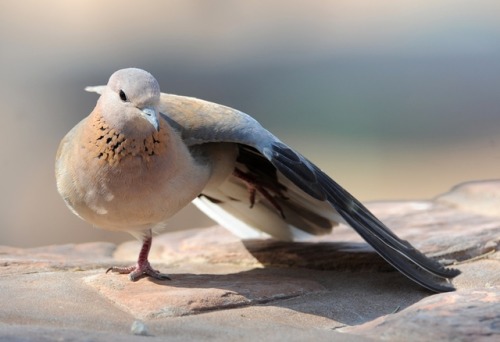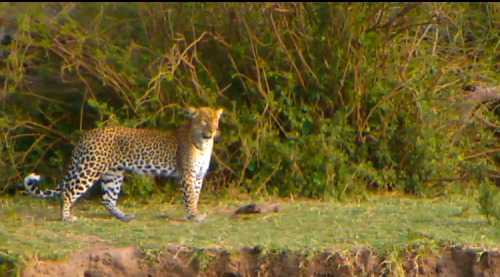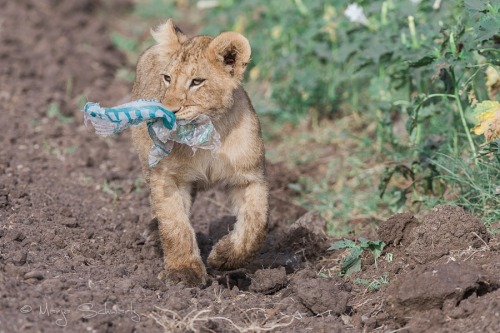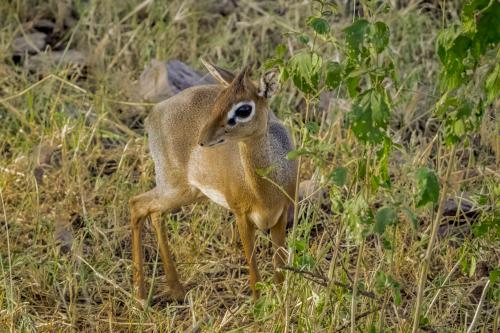#african wildlife
Cute Eyes…,
….That’s If Bat-eared Foxes Can Be Cute?
Exmoor Zoo, Devon, England April 2015.
Nikon D300 VR 70-300 f4.5 - 5.6G Shot at 112mm f4.8 1/640th sec
Post link
Nocturnal Animal Calendar Project
Starting things off with September - the Aardvark.
These nocturnal creatures are native to Africa. Their name, which comes from Afrikaans (erdvark) means “earth pig,” due to their hog-like snout. They don’t fare well in extreme heat, so they remain in their burrows until they can hunt in cooler night temperatures; feeding on ants and termites.
Post link
LAUGHING DOVE
(Spilopelia senegalensis)
Colombo, D. 2012. “Laughing Dove (Spilopelia senegalensis) in the Kgalagadi Transforntier National Park - South Africa”
Now, I couldn’t tell you if the laughing dove has a much of a sense of humour, but I can tell you that the name was inspired by their call, sounding rather like a person giggling. In aviculture, they are more often referred to as Senegal doves as the multiple dove species are known to produce sounds resembling human laughter (most notably the African collared dove and its domesticated form, the Barbary dove).
Post link
WIDOWBIRD
(Euplectes)
Beadle, D.2011. “Long-tailed Widowbird - Wakkerstroom, South Africa“
Thewidowbirds, along with the bishops (don’t fret, I’ll get to them sometime), constitute half of the weaverbird (family Ploceidae) genus Euplectes. There are 9 recognised species and their unusual name seems to have been inspired by the males’ mostly black breeding plumage which, depending on the species (like the long-tailed widowbird pictured above), is accompanied by inordinately long tail feathers which resemble classic women’s mourning attire.
Post link
SPIDER-MAN AGAMA
(Agama mwanzae)
Achim, 2011. “Verticolours”
Masai Mara National Reserve, Kenya
I doubt anybody needs much of an explanation for how the Spider-Man agama got its name, but I’m not about to let myself off that easily. The Spider-Man agama (otherwise known as the Mwanza flat-headed rock agama) was bestowed with the vernacular due the males’ striking red and blue colouration shared by the Marvel superhero character, Spider-Man. They’re also not half bad at climbing, but can’t shoot webs at their enemies. I sincerely apologise.
Post link
Wild News
From the bigcatkingdom:
Bornean Clouded Leopard or Neofelis Diardi (by AIRphotoHD)
The Sunda or Bornean Clouded Leopard was only identified to science in 2006, when genetic research indicated they were a separate species from the mainland Clouded Leopard Neofelis nebulosa. They have been separated from the mainland population for 2.8 million years.
“The Sunda clouded leopard is probably restricted to the Indonesian islands of Borneo and Sumatra. In Borneo, they occur in lowland rainforest, and at lower density, in logged forest.” Read more at WikipediaandWWF, and check out our rare sighting of an African leopard on the African Wildlife Live Cam this week!
Post link
Five Best African Wildlife Cams Snapshots of the Week
Check out the five best African River Wildlife Live Cam snapshots from our viewers this week! We have beautiful vistas, elephants, long-neck giraffes - - no unicorns this time, but a rare leopard sighting!
Post link
Catch Some Zzzbras
Find out how the zebra got its stripes.
(Thanks to CamOp Robin for the snapshot!)
Post link
World Elephant Day: Join the Live Chat at 9am/Noon!
Celebrate World Elephant Day by joining the Live Chat with elephant conservation and ivory trade expert, Simon Hedges, on the African Watering Hole Live Cam today, 8/12/14. The chat beings at 9 AM PST/Noon EST and you can join the conversation here!
Fast & Fascinating Facts on Elephants:
- Between 1960 and 1990, elephant populations in East Africa suffered a huge decline, as 85 to 98 percent of elephants were killed for their ivory. Despite these decimations, Tanzania and Kenya maintain a significant elephant presence. Today, there are an estimated 25,000 elephants in Kenya, though poaching continues to threaten this number. - See more.
- The African elephant (Forest and Savannah) is threatened with less than 400,000 remaining worldwide.
- The main market for illegal ivory is China, where a single tusk can fetch $100,000–200,000. - See more here.
- During mating, a female elephant will emit a call that is joined by the rumbling and trumpeting of her family and other nearby individuals. This phenomenon is called the mating pandemonium.
- After an extraordinary 660 days, a female gives birth, usually at night in the company of her family. The moment of birth is a significant moment, and the family erupts in momentous trumpeting for up to 40 minutes!
Explore more elephants in film and photos here, and catch them on the African Wildlife Live Cams here! We’ll see you at 9 AM/Noon!
Post link
Getting to Know the Animals of Mpala: Predator Edition!
Keep an eye out for these helpful guides from our partners on the ground in Mpala, Kenya. Follow along on the African Wildlife Live Cams and see if you can spot the predators talked about HERE!
Post link

[African sunbird - Kiambu County, Kenya]
Ig: rubyhrpink



brothers
Dik-dik
The dik-dik is a dwarf antelope that lives in eastern and southern parts of Africa. Fully grown, they can reach 12-16 inches tall at shoulder and can weigh 7 to 15 pounds(3 to 6 kg.).
Dik-diks are herbivores, eating shoots, fruits, berries, and foilage. Their main water source comes from their food. Dik-diks mark their territory with a sticky secretion that comes out of the black dot under their eye.
Although, most antelopes live in herds, The dik-diks live in pairs and will live in these pairs for life. In these pairs, they will mark 12 acres as their own land. They will live only 3-4 years and 10 years in captivity.
Predators to the dik-dik are small carnivores. An interesting habit of the dik-dik is, instead of fleeing from the predator, they will hide in shrubs using their well-developed sight, smell, and hearing.
Although the dik-dik is least threatened, they are still hunted by humans for their hide which is used to make gloves and their bones which are used to make traditional jewelry. To see what you can do to help the dik-dik and other African animals, visit here.
Photo by: Esin Üstün via Flickr
Post link



















